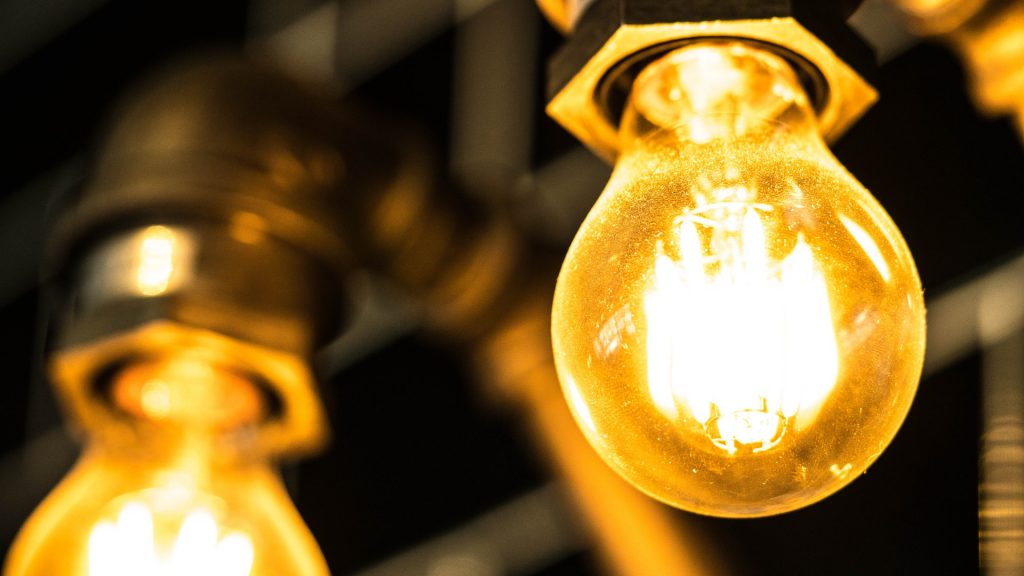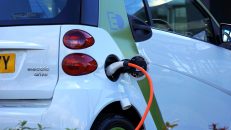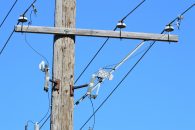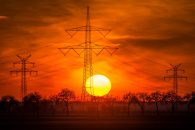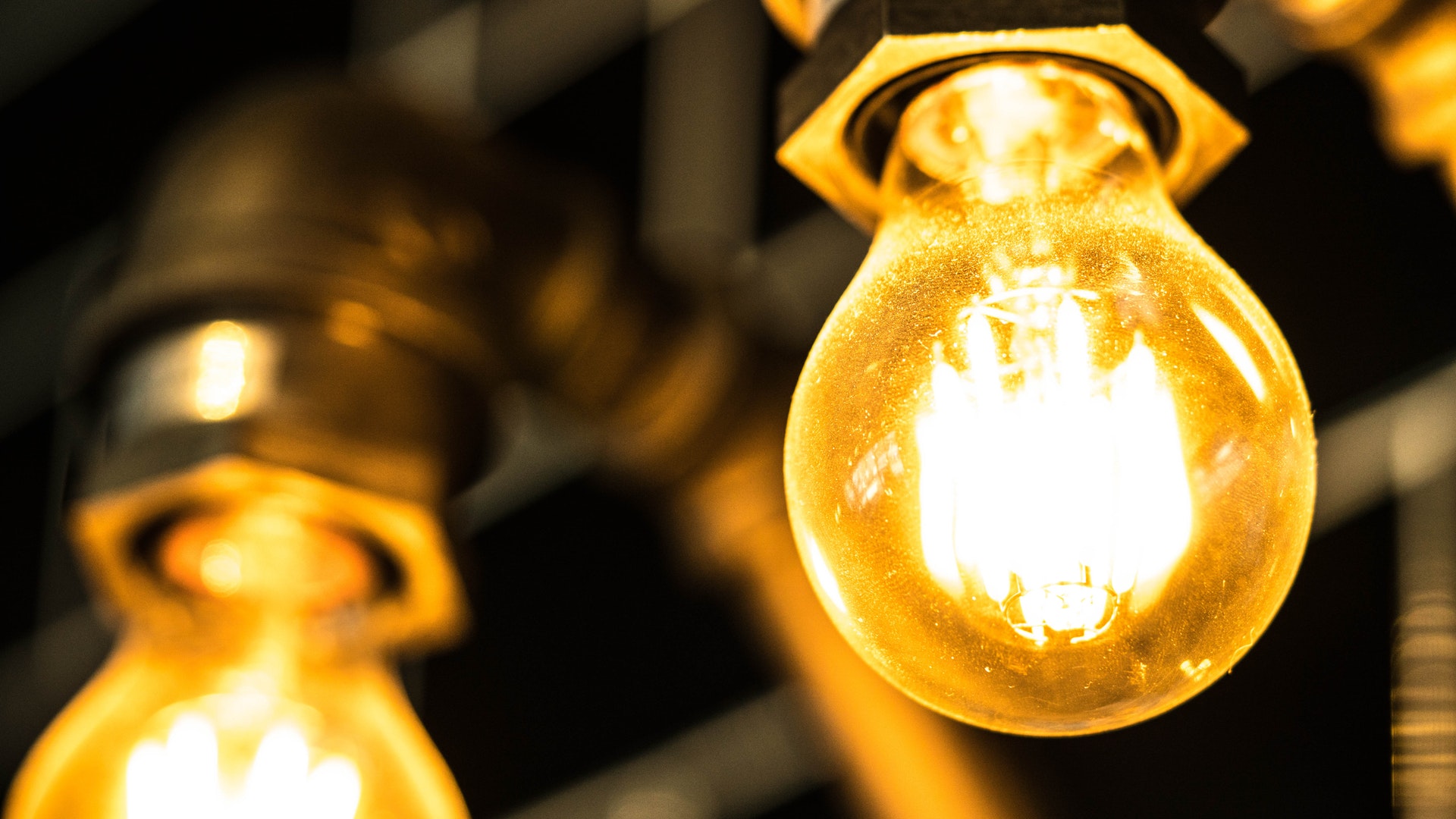
The history of electricity in America involved a lot of people and many important dates. Each of them is well worth mentioning here so that you can understand how the history of electricity developed to the point that we now know it today.
Benjamin Franklin’s Contribution
The history of electricity started with Benjamin Franklin’s experimentations. He actually sold off all of his belongings so he could conduct and document these experiments. His electric experiments included flying his kite with a wet string attached to a key in a storm. By doing so, he watched sparks fly off of the kite onto his hand. This was the beginning of the history of electricity, because he was able to understand that lightning is a natural type of electricity.
Alessandro Volta’s Contribution
In 1800, the history of electricity was changed by Alessandro Volta’s invention of the electric cell. This made it easier for scientists to study electricity and its applications. It also changed the history of electricity, because these scientists learned that by connecting two of these cells together they created the first battery ever.
Alexander Graham Bell’s Contribution
Although people relate Alexander Graham Bell with the invention of the telephone, he also worked with deaf students. As their teacher, he grew fascinated with different ways of transmitting sound. It’s through these experiments that he started using electricity. Here, through his work in electricity, we eventually were given the telephone.
Thomas Doolittle’s Contribution
After Michael Faraday changed the history of electricity by discovering that you can create electricity by passing magnet through an ordinary copper wire, Thomas Doolittle changed the history of electricity by creating the first telegraph wire. This was simply a strong, hand drawn, copper wire. Nonetheless, this change enabled American power plants to generate electricity for customers throughout the United States. It’s the same principle behind the electric generator – converting mechanical energy into electricity.
Thomas Edison’s Contribution
Another major player in the history of electricity was Thomas Edison. He invented many gadgets, but he’s best known for inventing the light bulb. His biggest challenge here laid in finding the right material for the filament. Eventually, he settled on carbon soaked cotton thread though – the carbon stopped the cotton thread from catching on fire as it glowed when electricity flowed through it.
Once Edison’s light bulb caught on, he continued on to make other advancements in the history of electricity. Next in line was the development of power plants that ran the light bulbs. The first one started supplying electricity to 85 customers within one square mile of his plant in New York City in 1882. This was because before 1895 only DC (direct current) was available. However, electricity changed again in 1895 when AC (alternating current) was created. Now, for the first time in history you could transport power over 200 miles from the power plant in Niagara Falls.
Major Turning Points in America’s History of Electricity
Now that you know about the people who were involved with the history of electricity, you’ll also want to put this together based on the timeline of major events that helped us make electricity as we know it today. These events include:
- In 1893 the Columbian Exposition in Chicago displayed recent inventions from the history of electricity – including 5,000 arc lights, 90,000 incandescent lamps, three cranes, water fountains, a moving sidewalk, elevators, and General Electric’s street car.
- In 1901 the Pan-American Exposition was held in Buffalo, NY showcasing the history of electricity as its theme. Displays included a 400-foot tall electric tower, 40,000 lights, and an “Electricity Building” featuring lots of electrical appliances.
- General Electric and Westinghouse became the two largest electrical companies in history. Smaller electricity companies also started springing up. However, it was General Electric and Westinghouse that played the largest role in the history of electricity with their use of fossil fuel combustion and steam.
Growth Throughout the History of Electricity
Throughout the first 30 years of the twentieth-century electricity’s demand grew by 12% yearly. We’re still making history today, because we’re now implementing renewable sources that supply us with the electricity that we need. Many people are also using solar power, hydropower, and wind power – all of which are other ways that we’re creating the history of electricity. These new ways of creating power and electricity will also help protect our environment as well.
Although electricity was slow to catch on in America, it’s now a part of our daily existence that we don’t even think much about. Instead of fearing the electric current, now we feel as though we can’t live without it. This is the history of electricity as we know it today.

